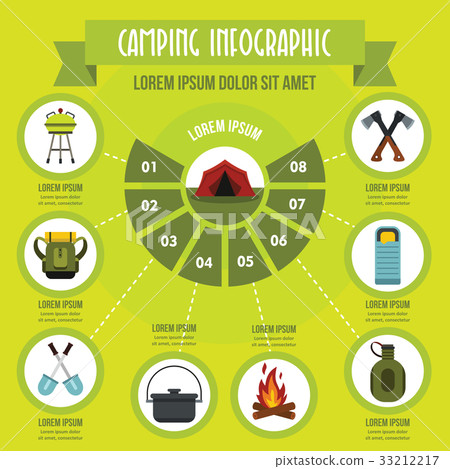Wintertime outdoor camping is an enjoyable and daring experience, however it needs appropriate gear to ensure you stay cozy. You'll require a close-fitting base layer to catch your temperature, together with a shielding jacket and a water-proof shell.
You'll also need snow stakes (or deadman supports) hidden in the snow. These can be linked utilizing Bob's creative knot or a routine taut-line hitch.
Pitch Your Tent
Winter camping can be an enjoyable and daring experience. Nevertheless, it is very important to have the appropriate gear and know just how to pitch your outdoor tents in snow. This will certainly stop chilly injuries like frostbite and hypothermia. It is also important to consume well and remain hydrated.
When setting up camp, make sure to pick a website that is protected from the wind and free of avalanche danger. It is additionally an excellent concept to load down the area around your camping tent, as this will help reduce sinking from temperature.
Prior to you set up your camping tent, dig pits with the same dimension as each of the support points (groundsheet rings and guy lines) in the center of the tent. Load these pits with sand, rocks or even stuff sacks loaded with snow to compact and safeguard the ground. You might likewise want to consider a dead-man anchor, which involves linking camping tent lines to sticks of wood that are buried in the snow.
Pack Down the Location Around Your Camping tent
Although not a requirement in the majority of locations, snow stakes (additionally called deadman anchors) are an exceptional addition to your camping tent pitching set when camping in deep or pressed snow. They are essentially sticks that are made to be buried in the snow, where they will certainly freeze and develop a solid support point. For ideal results, make use of a clover hitch knot on the top of the stick and hide it in a few inches of snow or sand.
Establish Your Tent
If you're camping in snow, it is a great idea to make use of a tent developed for winter months backpacking. 3-season camping tents function fine if you are making camp listed below tree line and not anticipating especially extreme weather, however 4-season tents have stronger poles and textiles and provide even more security from wind and hefty snowfall.
Be sure to bring appropriate insulation for your resting bag and a warm, completely dry inflatable mat to sleep on. Blow up mats are much warmer than foam and aid prevent chilly places in your tent. You can additionally add an additional floor covering for sitting or food preparation.
It's canvas tent also a great concept to set up your camping tent near a natural wind block, such as a group of trees. This will certainly make your camp more comfortable. If you can not locate a windbreak, you can create your own by digging holes and hiding things, such as rocks, outdoor tents stakes, or "dead man" anchors (old outdoor tents person lines) with a shovel.
Tie Down Your Tent
Snow stakes aren't needed if you use the right techniques to secure your outdoor tents. Buried sticks (maybe accumulated on your strategy walk) and ski posts function well, as does some variation of a "deadman" hidden in the snow. (The concept is to produce an anchor that is so solid you won't be able to draw it up, despite a lot of initiative.) Some makers make specialized dead-man anchors, yet I prefer the simpleness of a taut-line drawback tied to a stick and then hidden in the snow.
Recognize the surface around your camp, particularly if there is avalanche danger. A branch that falls on your tent can harm it or, at worst, harm you. Likewise be wary of pitching your tent on a slope, which can trap wind and bring about collapse. A sheltered location with a low ridge or hillside is far better than a steep gully.
